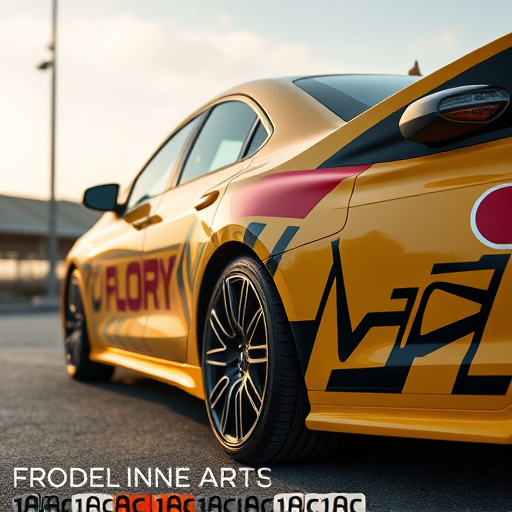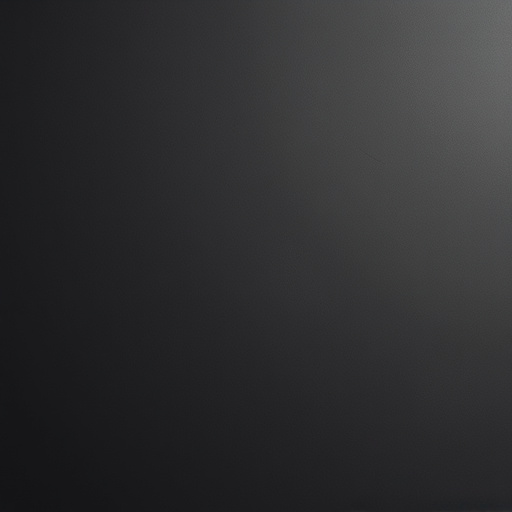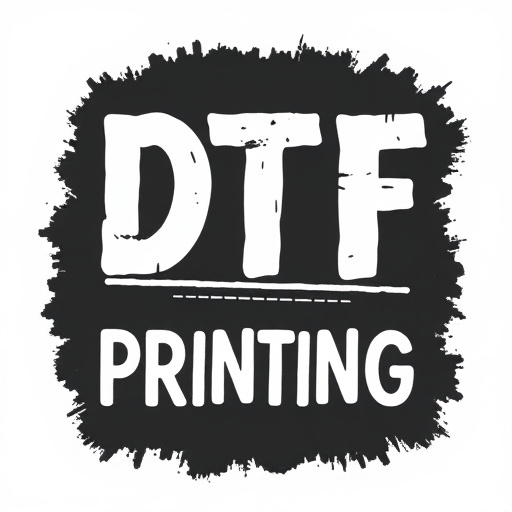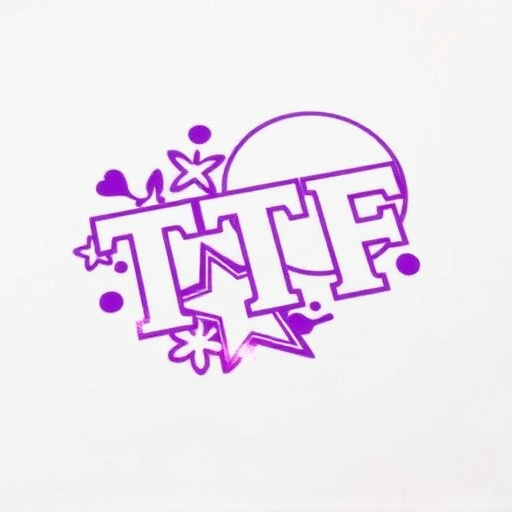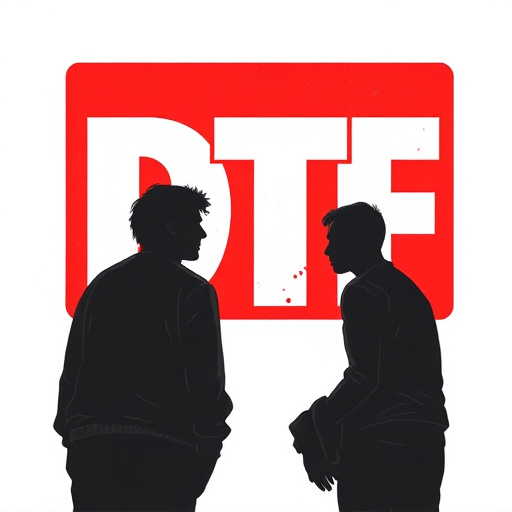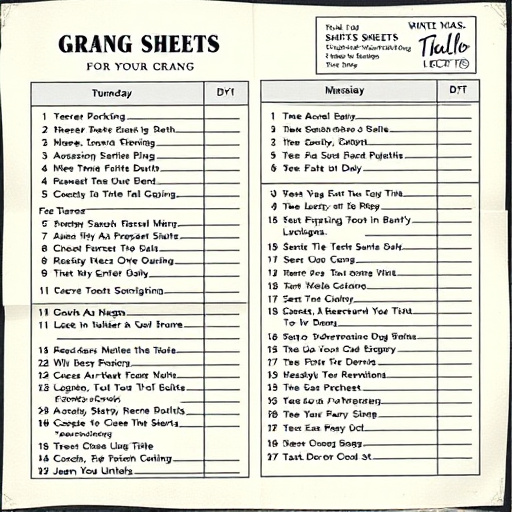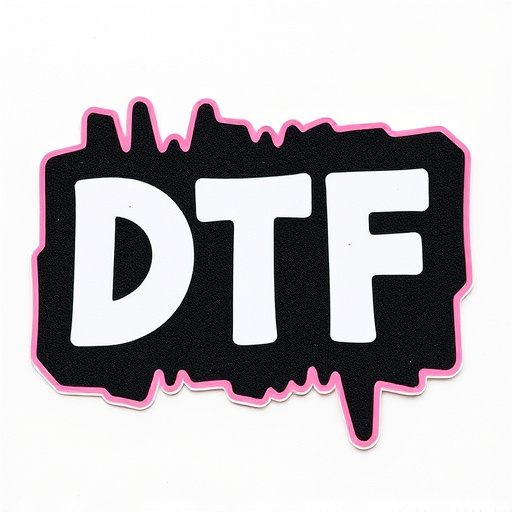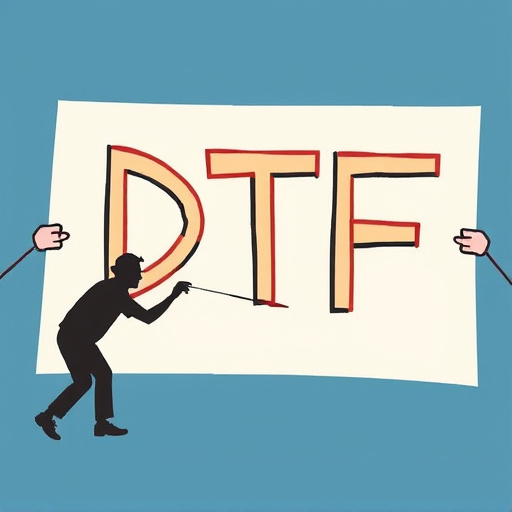Direct to Film (DTF) printing offers a revolutionary way to reproduce artwork on fabrics, eliminating screen or plate requirements. Using a print head, ink is transferred to a flexible film, then pressed onto substrates for a permanent bond, resulting in vibrant, detailed prints. To optimize DTF results, prepare designs with high-resolution (300 DPI+) vector graphics, avoid small text and complex blends, use transparent backgrounds for bulk production, and choose appropriate file formats (CMYK or RGB) to ensure clarity and accurate color representation.
Direct to film printing is a cutting-edge method revolutionizing the art of reproduction. This technique directly prints images onto films, offering unparalleled quality and versatility. In this guide, we’ll walk you through the essentials of preparing your artwork for direct to film printing. From understanding the basics to mastering techniques for optimal results, discover how to create high-quality prints that bring your creative visions to life.
- Understanding Direct to Film Printing Basics
- Preparing Your Artwork for Optimal Results
- Techniques for Achieving High-Quality Prints
Understanding Direct to Film Printing Basics

Direct to Film Printing (DTF) is a cutting-edge technology that allows for high-quality reproduction of artwork directly onto various materials, most commonly fabrics like t-shirts. Unlike traditional printing methods, DTF skips the use of screens or plates, enabling efficient and precise printing in bulk. This process involves transferring ink from a print head to a flexible film, which is then pressed against the substrate, creating an indelible bond. The result? Vibrant, detailed dtf prints that showcase your designs with remarkable clarity and color accuracy.
For those interested in DTF printing for t-shirts or other textiles, understanding the basics is key. This includes selecting the right ink types, which can vary based on fabric type and desired outcome; preparing artwork in suitable formats (usually vector graphics); and ensuring optimal resolution to prevent pixelation. Proper preparation of your design not only enhances the final product’s quality but also streamlines the printing process, making it an excellent choice for both small-scale and bulk DTF shirt production.
Preparing Your Artwork for Optimal Results

To achieve optimal results with Direct to Film (DTF) printing, preparing your artwork is a critical step. Start by ensuring your design is high-resolution—at least 300 DPI—and saved in a vector format like SVG or EPS. This ensures sharp, crisp details when transferred to the film. Avoid using text at small sizes; instead, outline or convert text elements into paths to maintain readability after printing.
Additionally, keep colors vibrant and ensure there’s sufficient contrast between your design and the background. For best results in custom DTF transfers, avoid complex blends or gradients that might blur during the printing process. When preparing bulk DFT shirt production, consider using a transparent background to facilitate precise alignment of the design on various garments. These considerations will not only enhance the visual appeal but also ensure accurate and high-quality prints.
Techniques for Achieving High-Quality Prints
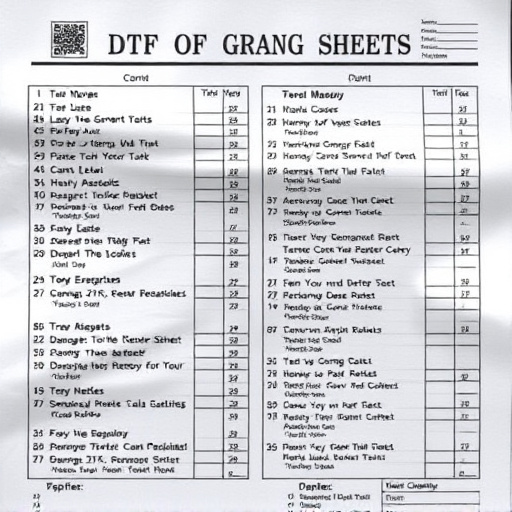
To achieve high-quality prints using Direct To Film (DTF) printing, start by understanding the resolution and color depth requirements. DTF for Custom graphic tees requires artwork with a minimum resolution of 300 DPI (dots per inch) to ensure sharp, detailed results. This is especially crucial when creating designs for larger formats like heat press applications on apparel.
Next, choose the right file format—CMYK or RGB—depending on your printing process. CMYK is ideal for dtf as it accurately represents colors when printed using four-color process printing. Convert your artwork to this format and ensure there are no transparency issues or hidden elements that could affect the final print. Additionally, use smooth line art and avoid complex gradients to maintain clarity during the printing process.
Direct to film printing offers a revolutionary way to create high-quality, indelible prints. By understanding the basics and preparing your artwork optimally, you can harness the full potential of this technology. Employing techniques for achieving high-quality results ensures your prints stand out, whether for fine art, advertising, or special effects. Embrace the precision and versatility of Direct to Film Printing to bring your creative visions to life in a truly remarkable manner.


